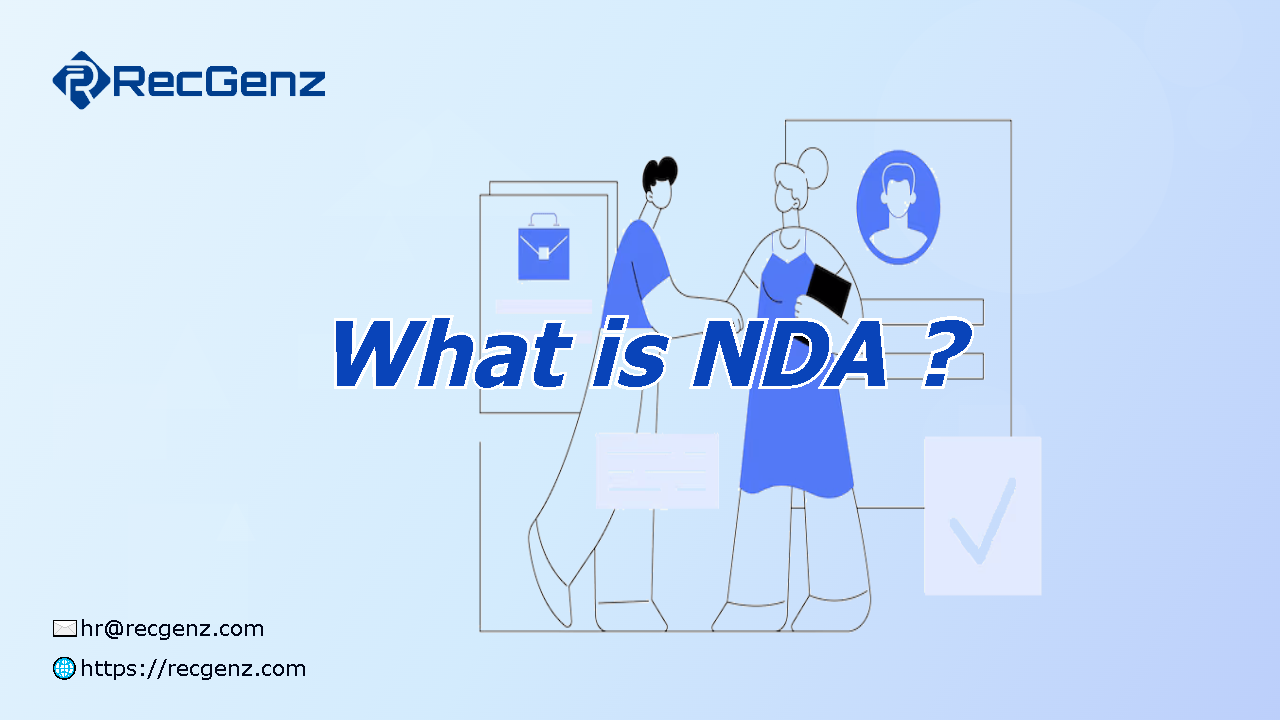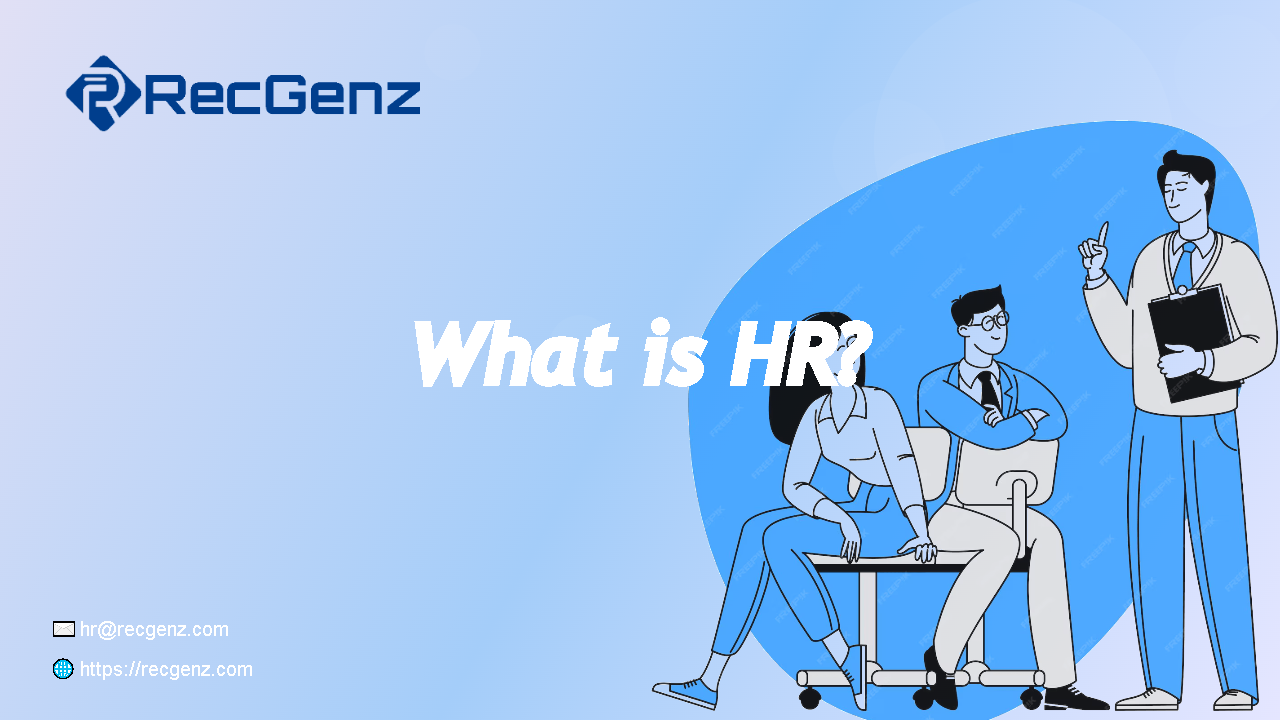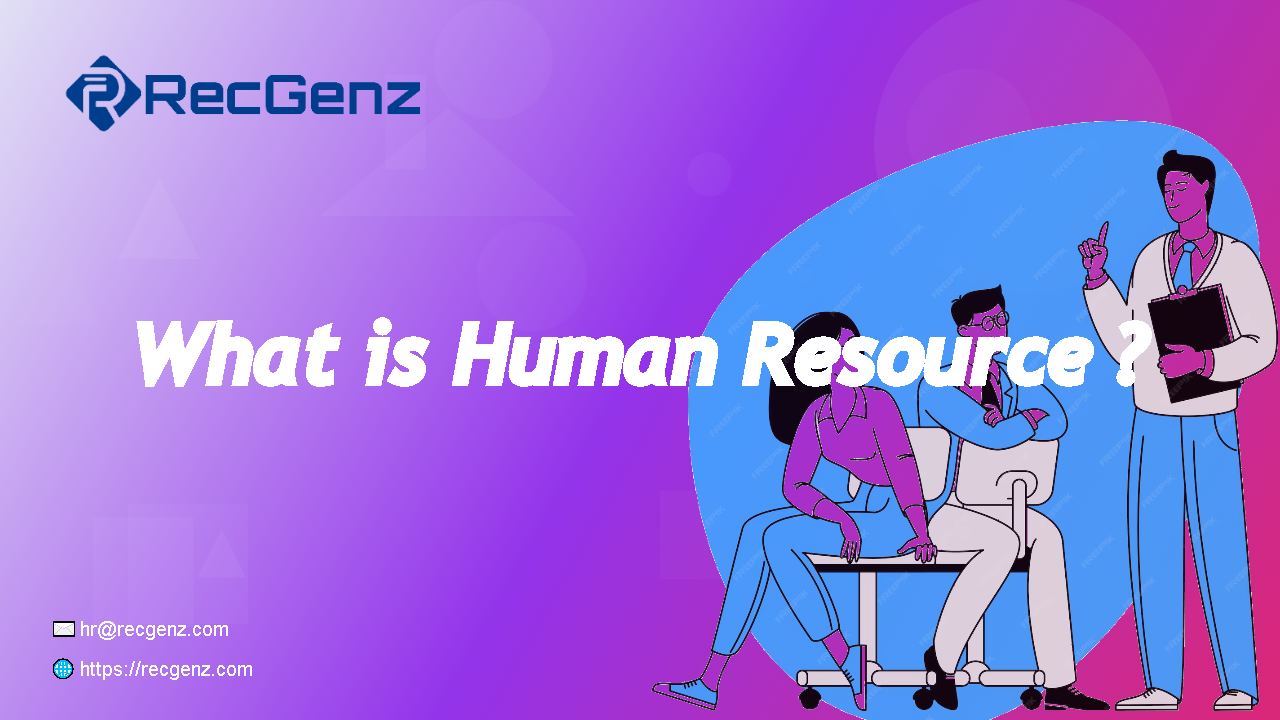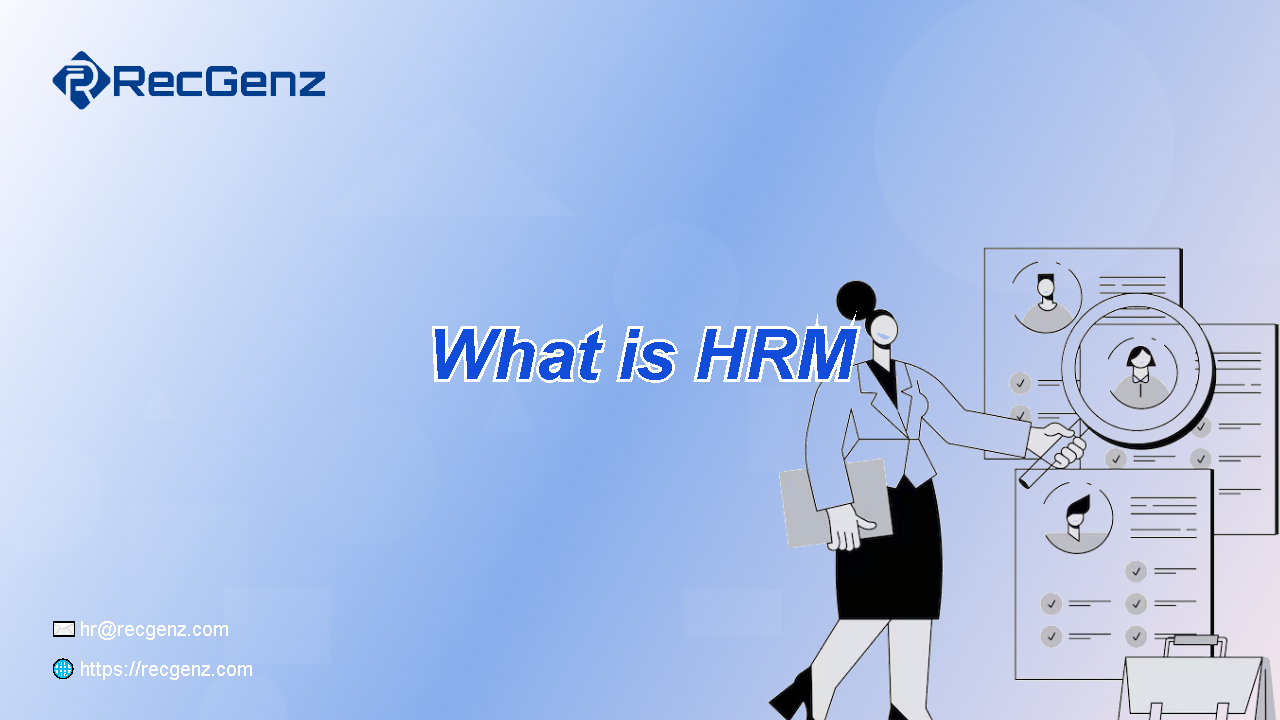What is an NDA? Non-Disclosure Agreements Explained
Understanding when and why businesses use NDAs to protect confidential information.

What is an NDA? Understanding Non-Disclosure Agreements
A Non-Disclosure Agreement (NDA) is a legal contract used by organizations to protect sensitive information from being shared publicly or with competitors. NDAs ensure that confidential business, technical, or personal information remains secure, establishing trust between parties.
Businesses, employees, contractors, and partners use NDAs to define what information is considered confidential and the legal obligations of maintaining secrecy. Understanding NDAs is crucial for protecting intellectual property, trade secrets, and competitive advantage.
Purpose of an NDA
- Protect trade secrets, proprietary information, and intellectual property.
- Define the boundaries of confidential communication between parties.
- Prevent unauthorized disclosure of sensitive business strategies or data.
- Establish legal remedies in case of breaches.
- Promote trust and collaboration between employees, contractors, and business partners.
Key Elements of an NDA
1. Definition of Confidential Information
Clearly outlines what constitutes confidential data, such as business plans, financial records, client lists, or proprietary technology.
2. Obligations of the Receiving Party
Specifies the responsibilities of the individual or entity receiving the information, including restrictions on sharing or using the data.
3. Duration of Confidentiality
Defines the period during which the information must remain confidential, which can range from months to years.
4. Exclusions
Clarifies what is not considered confidential, such as publicly available information or data independently developed without reference to confidential information.
5. Legal Remedies
Outlines the consequences and legal actions in case of a breach of the agreement.
Types of NDAs
- Unilateral NDA: One party discloses information while the other agrees to keep it confidential.
- Mutual NDA: Both parties exchange confidential information and agree to protect it.
- Multilateral NDA: Multiple parties share confidential information under a single agreement.
Benefits of NDAs
- Protects intellectual property and trade secrets.
- Mitigates legal risks associated with unauthorized disclosure.
- Encourages open collaboration while maintaining confidentiality.
- Supports business partnerships and employee agreements.
- Provides legal recourse in case of breaches.
Challenges in Implementing NDAs
- Ensuring that employees and partners understand the obligations.
- Defining clear boundaries of what is confidential.
- Monitoring and enforcing compliance effectively.
- Balancing transparency with confidentiality in collaborative environments.
- Adapting NDAs to different jurisdictions and legal frameworks.
Best Practices for NDAs
- Clearly define confidential information and exclusions.
- Use simple, unambiguous language to avoid misinterpretation.
- Specify duration and obligations explicitly.
- Regularly review NDAs to ensure they remain relevant and enforceable.
- Provide training for employees and partners on NDA compliance.
Key Takeaways
- An NDA is a legal agreement to protect confidential information.
- Clearly defines obligations, duration, exclusions, and remedies.
- Types include unilateral, mutual, and multilateral agreements.
- Ensures trust, protects intellectual property, and mitigates legal risks.
- Best practices include clarity, training, and regular review of agreements.




